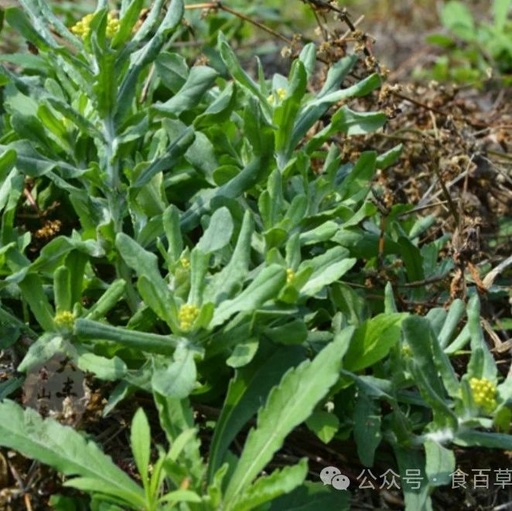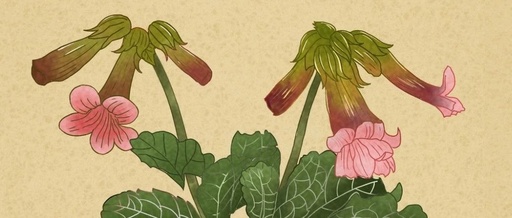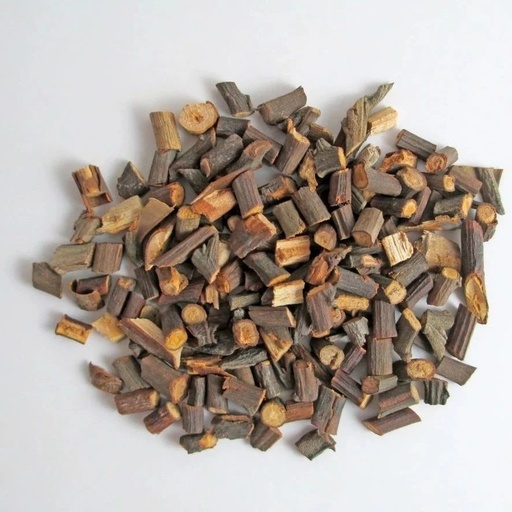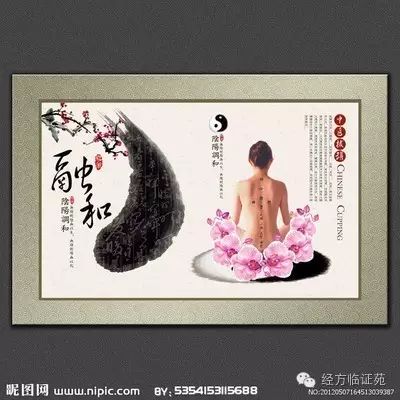Comprehensive Guide to the Treatment of Six Excesses in Traditional Chinese Medicine
For listeners who enjoy audiobooks, you can click below to listen to the audio. External Wind Treatment Methods 1. Xīn Píng Shū Jiě Fǎ (Spicy and Mild Releasing Method): Used for mild wind-cold symptoms, with manifestations of fever, chills, headache, and nasal congestion. The formula used is Cōng Chǐ Tāng (Scallion and Licorice Decoction) (1). … Read more









